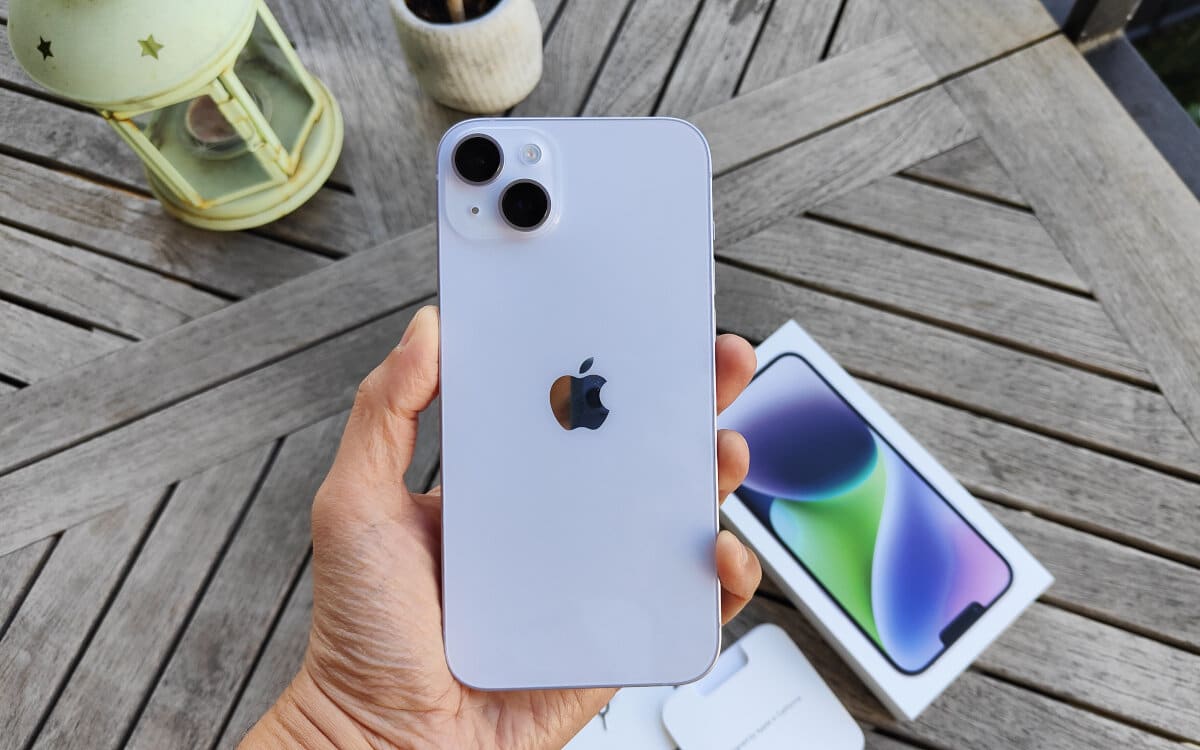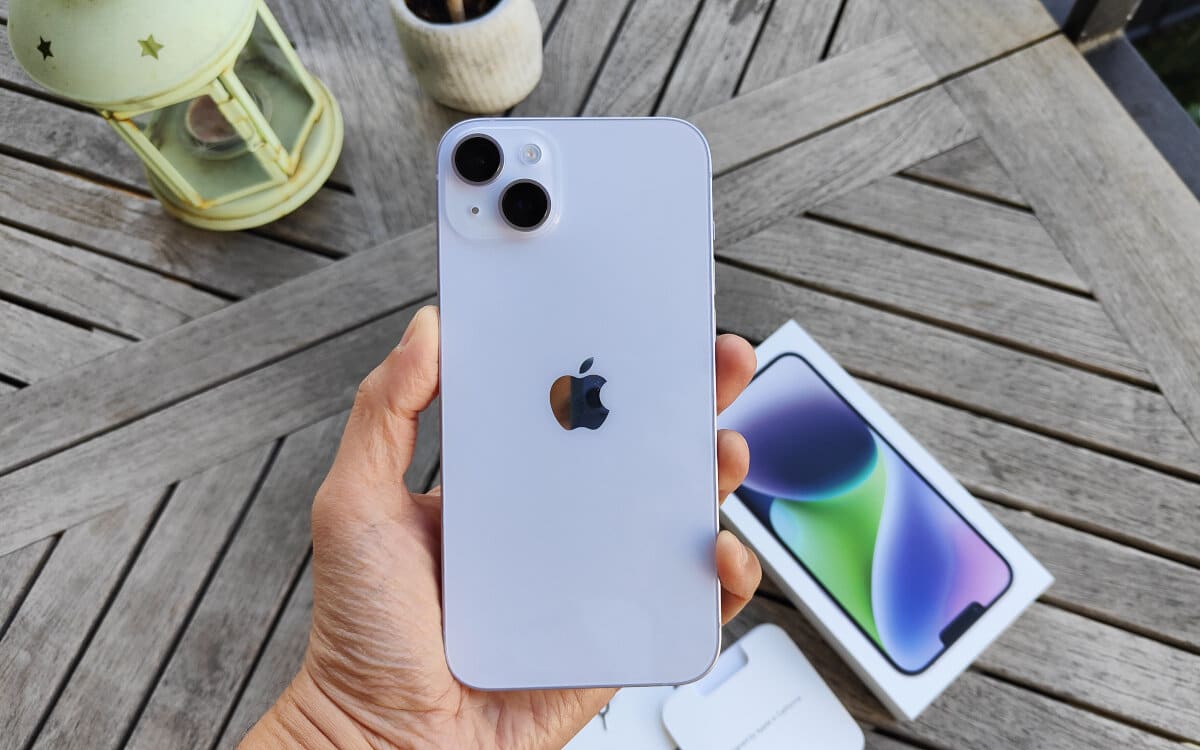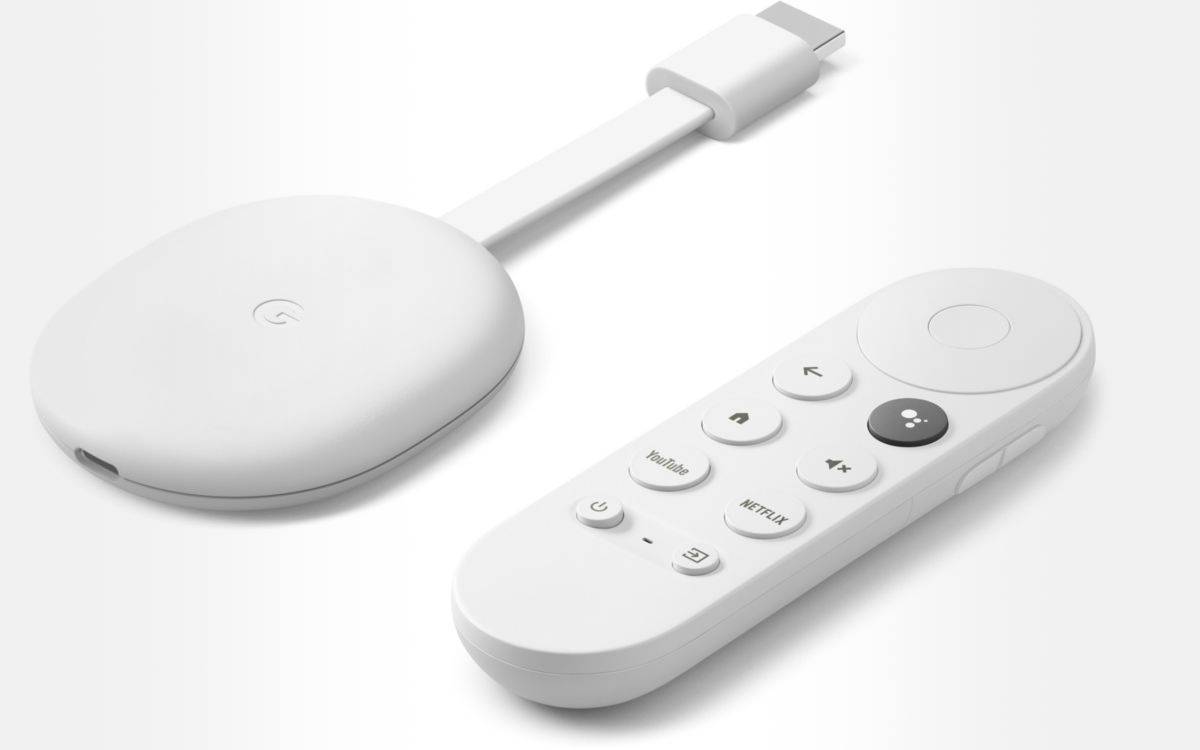
Google Chrome for iOS has finally embraced Apple’s latest features for web apps introduced in iOS 16.4, allowing iPhone users to place websites directly on their home screen.

Apple’s introduction of new features for web apps with iOS 16.4 had opened up new possibilities for Google, and the American company has finally updated its application to allow users to add web applications to their home screen. Now they can quickly and easily access their favorite websites without having to leave the browser and resort to Safari.
Web apps are basically shortcuts to websites that you can place on your home screen. Once a web app is added to the iOS home screen, users can open and use it like a normal application, without having to be redirected to Safari or another web browser. Also, with iOS 16.4 or later, these web apps can also provide push notifications, like a native app.
Also Read – Chrome will revoke permissions from sites you haven’t visited in too long
Web apps are finally coming to iPhones thanks to Google Chrome
Previously, this feature was exclusive to Apple’s web browser, but with the recent Chrome update, users can now add URLs or Progressive Web Apps to their home screen directly from Google Chrome. Since many users quickly turn to Google Chrome after trying Safari, then this is a significant addition that should improve the experience for many iPhone owners.
With the upcoming release of macOS Sonoma, Mac users will also have the option save websites as web applications using Safari. Some believe these changes are prompted by Apple’s desire to address concerns about anti-competitive practices related to the App Store. In fact, iOS 17 should be the first version of the operating system to allow alternative app stores.
To take advantage of this feature and start adding web apps to your home screen, you’ll obviously need to make sure you have the latest version of Google Chrome for iOS and a iOS device running 16.4 or laterbecause earlier versions do not support this API.



